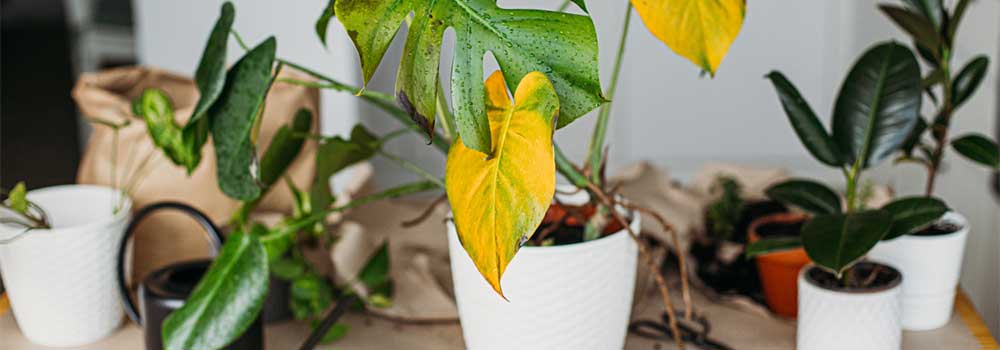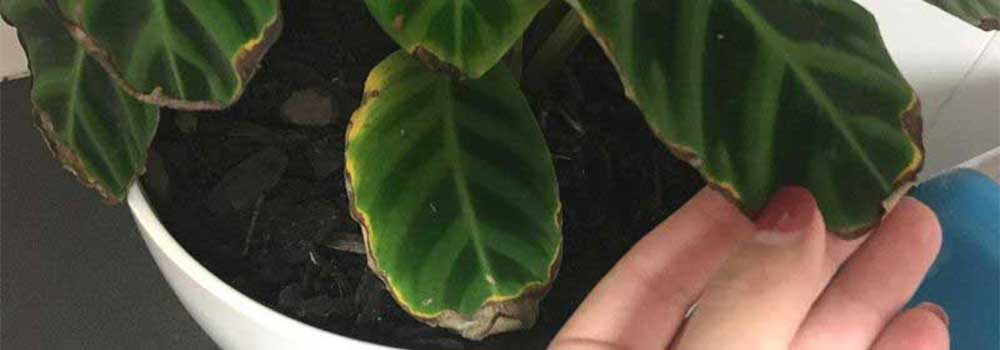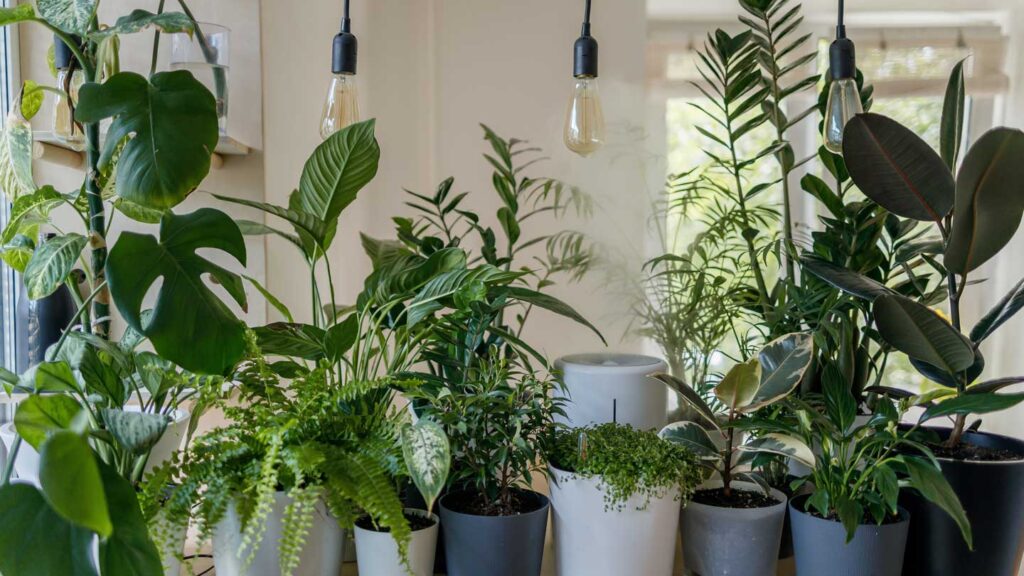How are your houseplants doing now that they’ve been indoors for a few months? Adults can catch using sticky traps. Some plants, such as Schefflera, Ficus, and Citrus, should dry several inches down.
They are just not completely bone dry. However, if you do not rectify your watering, they will most likely return. Therefore, before you look for mini greenhouses for sale, here are a few things to keep an eye out for.
Yellow Leaves

Yellow leaves may indicate three distinct issues. It’s a great shock when you first bring your plants inside—losing leaves is a common reaction. Everything else is in order; it should be over in a week or two. If they continue to yellow, it’s usually a warning high-light-loving plants; they aren’t getting enough light.
They’re weeping Figs and Citrus are well-known for this. If this is the case, moving to a window that receives direct sunlight in the morning or late afternoon should assist. As much sunshine as possible is a good rule of thumb for citrus.
Leaves with Brown Edges

Brown margins can potentially indicate two distinct difficulties. Dry brown margins on plants with fragile leaves, such as ferns, might suggest that the plant does not appreciate dry interior air. Before watering, most plants should be at least surface dry.
Using a humidifier or softly spraying the foliage in the morning can assist. Overwatering can also cause brown edges. We sometimes forget that plants require air just as much as water. Allowing the soil in a container to dry out an inch or two down invites perspective back into the ground.
Remove Any Sticky “Sap” From the Leaves
On occasion, some flower buds may release a small amount of sap from the tip. If the sap is solely on the buds and you don’t observe any other concerns, such as aphids, this might be it.
Clear sticky sap on the leaves, on the other hand, might be Honeydew. Honeydew is a fluid produced by sucking insects such as aphids, mealybugs, and scale. For example, when it’s all over the lower leaves, an insect is most likely to blame.
Gnats Are Buzzing About Your Plant
It is most likely caused by fungus gnats. Fungal gnats do not harm your plant, but they are bothersome. Their larvae devour decaying organic material in your soil and indicate that your plants are overwatered. Allowing an inch or two of soil to dry will generally solve the problem.
Meanwhile, you can use a water/bleach solution to remediate your soil. Its four tablespoons of bleach to one gallon of water that has allowed standing overnight. Pour the liquid through the dirt until it reaches the bottom. This drench is also effective against ants and slugs in the soil.
Changes in Temperature
Plants do not like hot or cold air being blown directly on them. So avoid planting them near doorways or heating vents. You are heating ducts on the floor or in the ceiling. Look for deflectors at a hardware shop to guide the airflow out into the room. You can also search for “mini greenhouse for sale near me”.


